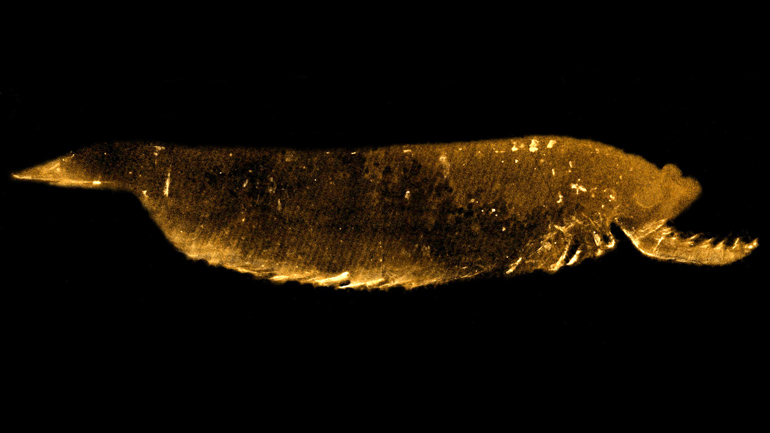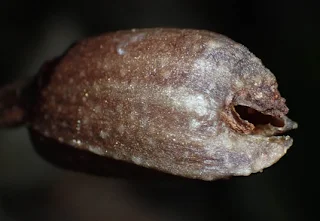What happens in our body when we encounter and fight off a virus like the flu, SARS-CoV-2 or RSV?
Having tested positive for COVID-19, I thought I would spend a little time finding out more about what's going on inside my body right now.
But the research has collided with the work I normally do in exposing the absurdity of creationism in all its guises and the futility of trying to force-fit real world evidence into origin myths made up by people from the fearful infancy of our species who thought Earth was just a small flat disc with a dome over it to keep the water above the sky out, centered on the Canaanite Hills where they hearded their goats, told their camp-fire tales of magic sky-gods and imagined it was all made just for them.
What occurred to me is the problem creationists would have if they knew enough about the subject and weren't too afraid to question their cult dogmas. For example:
The standard creationist excuse for all the nasty little parasites such as viruses, bacteria, etc., is that they are the result of 'sin' which entered the world because of 'The Fall' (so betraying the fact that creationism isn't the science their cult leaders pretend, but religious superstition after all).
It always amuses me how cult leaders like Michael J. Behe make a big issue of the 'irreducible complexity' of bacteria such as
E coli as evidence that creationism putative designer must have designed them, only to have them dismissed on another day in a different argument, as the creation of another 'evil' entity - 'sin'.
But with creationism, the tactic is to use whichever argument will work on the current audience, regardless of if consistence of intellectual integrity.
Incidentally, blaming 'sin' flatly contradicts the claim in the Bible that God told Isaiah that
He created evil because he created everything.
I form the light, and create darkness: I make peace, and
create evil: I the Lord do all these things.
Isaiah 45:7 (KJV)
So, either God lied to Isaiah or Isaiah lied in the Bible - or creationist cult leaders are lying to their cult.
But let's forget that bit of Bible awkwardness and think things through a little more:
Humans were allegedly created before 'The Fall' so would have had no need for an immune system, which is our defense, imperfect though it is, against the parasites 'sin' created after 'The Fall'.
So, were we given an immune system after 'The Fall'? There is no mention of a major redesign in the Bible, but wouldn't it have been simpler for the creator to have forgiven Adam and Eve and stopped 'sin' creating these things in the first place? And of course, most multicellular species also have an immune system which wasn't needed before 'The Fall'.
Or, if he was really going to need to have himself sacrificed later in a blood offering first why did he wait several thousand years? Why couldn't he impregnate Eve, have Adam do the dirty deed and solve the problem there and then?
Or did he omnisciently anticipate what would happen and design immune systems for the (future) parasites right from the start? If so, he must have anticipated 'The Fall' and the creative powers of 'sin', including details of what it would create, and being omnipotent, could have stopped it.
Anyway, those are just a few of the many problems that creationism causes for itself by trying to fit reality into such an absurd myth, like trying to ram a large square peg into a small round hole, without changing its shape in any way.
Here then is the account of how our immune system tries, often unsuccessfully because it isn't very efficient, to cope when an infection enters our body. It is an article from
The Conversation by Lara Herrero, Research Leader in Virology and Infectious Disease, and Wesley Freppel, Research Fellow, Institute for Glycomics, both of Griffith University, Australia. It is reprinted here under a Creative Commons licence, reformatted for stylistic consistency:





































